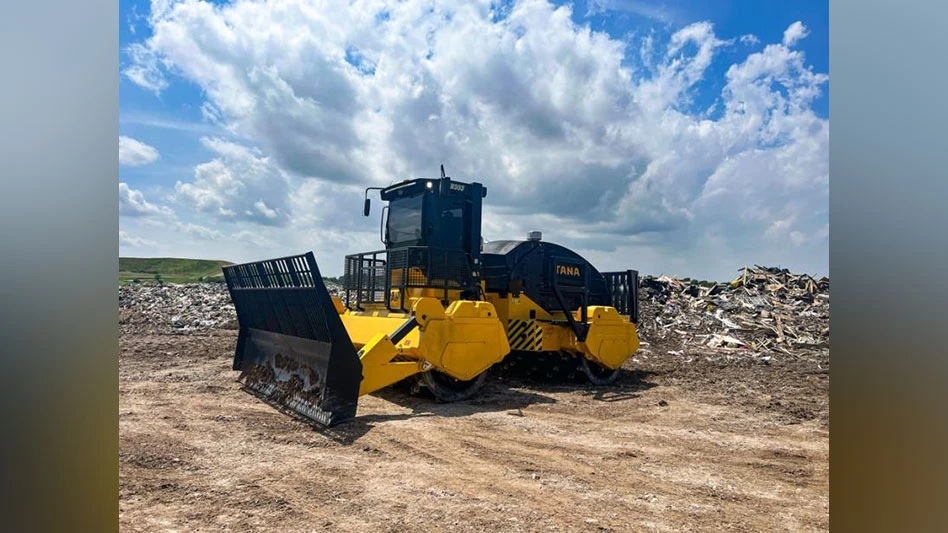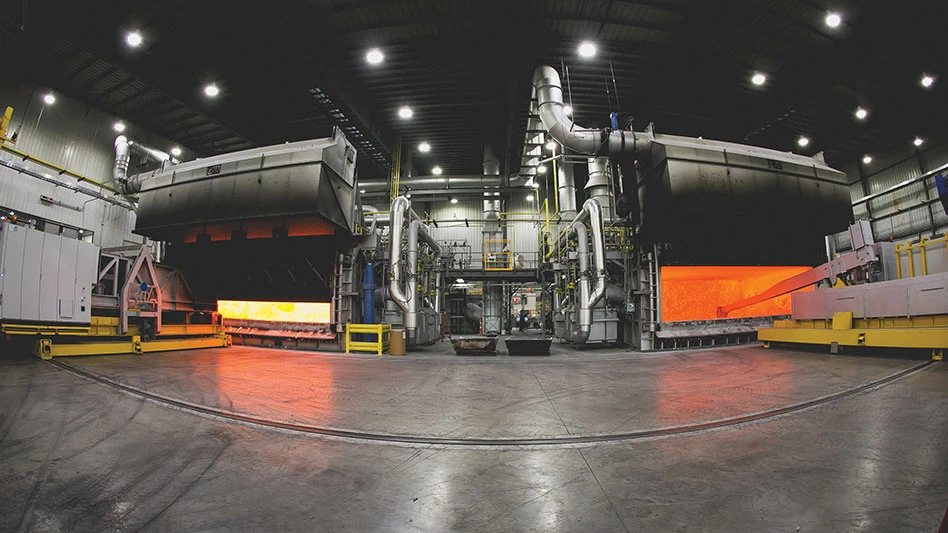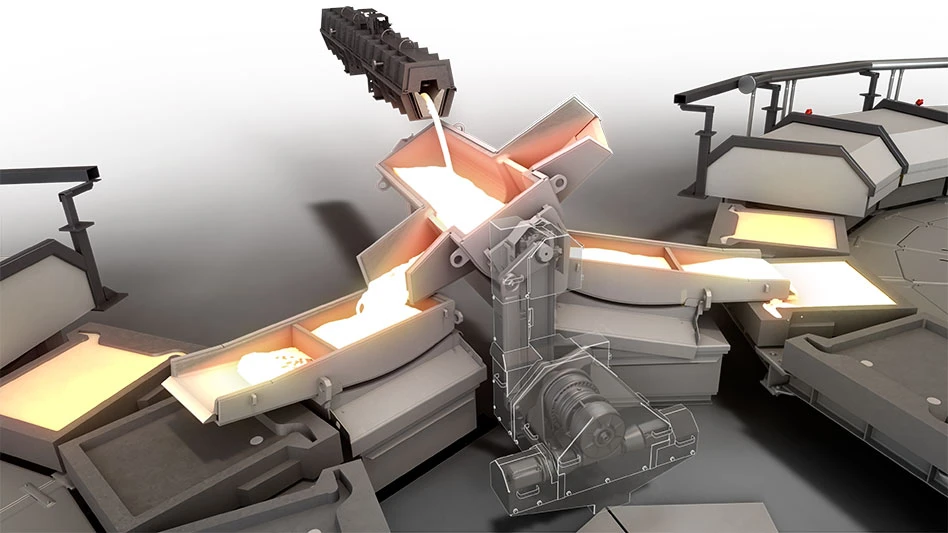The Basel Convention, which is threatening global trade of recyclables through its broad definition of waste, was an ongoing topic of discussion at the Bureau of International Recycling’s annual spring convention in Istanbul, Turkey, May 26 through 28. Battles are being fought on several different European fronts to set precedents declaring that recyclables are raw materials rather than waste.
Patrick Neenan, president of the BIR’s Environment Committee, was optimistic about the United Kingdom Waste Challenge case which is attempting to show that materials being received by a specific U.K. scrap recycler are not waste. And Robert Voss, president of Eurometric, reported on that association’s efforts to get scrap classified as a raw material with the European Court of Justice.
Some hope was held out by Herschel Cutler, senior advisor to the Institute of Scrap Recycling Industries, Washington, who reported on the U.S. Environmental Protection Agency’s recent ruling creating a class of material called "excluded scrap metal" – including prompt industrial scrap, home scrap, and widely defined processed scrap – that is recognized as not being solid waste.
"With the official American policy now clearly recognizing the difference between waste and metallic scrap," said Cutler, "it will, at least, be a positive reminder that the basic premise of the Basel Convention is the erroneous assertion that all recyclables are wastes."
Meanwhile, worldwide commodity markets are generally healthy. A big factor in this is the continued strength of the U.S. and many Asian economies, along with recoveries in Europe and Japan.
Ferrous Strength
U.S. mills continue to operate at more than 88 percent capacity, according to Ed Hollander, president of Hollander Metals, Glenview, Ill. A number of new steel mills are coming online, increasing domestic scrap demand significantly.
"We are seeing an increase once again in steel imported in the U.S. and a drop off in exports," said Hollander. "This has to do with the strength of the dollar versus other world currencies." The U.S. economy currently seems fairly robust, with good auto demand, and the Federal Reserve Board didn’t raise interest rates at its last meeting.
"The price of scrap in the U.S. has been following its usual pattern of ups and downs, and while March and April saw prices depressed, May prices rebounded after the first of the month," said Hollander. "Many consumers as well as the brokers are already taking a bearish approach. We will probably see a flat to slightly down June and July."
Across the globe, the Japanese economy has been in recovery for the past three years, according to Hideo (Henry) Itoh of Nakadaya Corp., Japan. As the overvalued yen has been adjusted, there have been some changes in the secondary ferrous market since October, when BOFs started making more steel than in the same period in 1995.
With this increased demand, scrap prices have increased 30 percent since October. "The increase in both price and volume allowed dealers to make profits in March, April and May after long difficult time," said Itoh. "As long as the yen stays within a reasonable level, and overseas markets stay healthy, we find no particular reason for the market to get weaker until the third quarter."
Turkey is interested in developing its steel industry, while using more scrap, according to Fahrettin Kunak, general secretary of the Turkish Iron & Steel Producers Association. The country is starting up a new EAF with the capacity of 600,000 tons per year.
In Russia, total steel production has declined from 13 million tons in 1995 to 10.5 million tons in 1996, according to Mehmet Gultekingil, chairman of Torgmet. This is due to difficulties such as the availability of raw materials, low quality production, old technology, and high transportation costs.
Although some major Russian mills are making considerable effort to modernize production lines and increase quality and capacity, this will take several years. On the secondary side, the total scrap supply in Russia to the domestic market and for exports has remained at about 11 million tons per year since 1995, said Gultekingil. "As the private sector continues to take over the scrap market and improve supply conditions, the quantity of scrap supply for exports will increase through the coming years," he said.
The Asia-Pacific ferrous market has shown its resilience by bouncing back nearly 20 percent since its recent low point in late December, said John Crabb of Simsmetal Ltd., North Sydney, Australia, in his report on the Asian and Australian scrap markets.
"This recovery has taken place with little improvement in overall global steel demand and the recent bankruptcy of one of Korea’s major consumers," he explained.
Crabb is optimistic about the prospects for the second half of 1997, as there are reportedly more than 2 million metric tons of additional EAF capacity coming online in the region during the next three quarters.
The author is former editor of Recycling Today.

Explore the July 1997 Issue
Check out more from this issue and find your next story to read.
Latest from Recycling Today
- Fenix Parts acquires Assured Auto Parts
- PTR appoints new VP of independent hauler sales
- Updated: Grede to close Alabama foundry
- Leadpoint VP of recycling retires
- Study looks at potential impact of chemical recycling on global plastic pollution
- Foreign Pollution Fee Act addresses unfair trade practices of nonmarket economies
- GFL opens new MRF in Edmonton, Alberta
- MTM Critical Metals secures supply agreement with Dynamic Lifecycle Innovations





